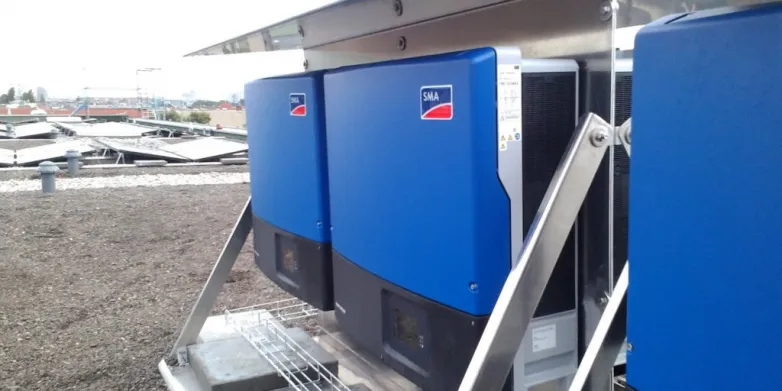SMA: Sustainability and profitability are not mutually exclusive
Oct 15, 2019 10:13 PM ET
- In the run up to our Greenwashing vs. verifiable sustainability webinar, the CEO of pv magazine’s UP initiative partner SMA Solar Technology, Jürgen Reinert, talks about what the inverter manufacturer is doing to prove its sustainability credentials.

pv magazine: Many believe being sustainable and cost competitive are mutually exclusive concepts. How would SMA convince them otherwise?
Jürgen Reinert: At first sight, sustainability always seems to be connected with additional costs, but if you look closer this doesn’t prove true. In general, measures are only sustainable if they also make sense economically. The best example is the increase in material efficiency, which I talked about in our previous interview. Developing inverters with higher power density that use less material means that the devices become more cost-efficient with each product generation. Another example is recycling, which makes it possible to reuse high-quality raw materials after our inverters have finished being used. Also, the high share of recyclable waste in our total waste, 88%, helps us save on waste disposal costs.
As part of an SMA stakeholder analysis exercise to identify key areas of sustainability action, sustainable product design was one area highlighted. What are you doing to achieve this?
All our sustainability activities contribute to designing and producing solutions that are sustainable over the complete value chain, regarding all aspects. In this context, our achievements in designing and producing high-quality and durable inverters for many years are important. Because of the resources needed for their production, only inverters with a lifespan of well over five years can be sustainable.
Unfortunately, the discussions in the industry are still too CAPEX [capital expenditure] focused, when they should be looking at OPEX [operating expenditure] and LCOE [levelized cost of energy]. Even though not all of our competitors share our view on product quality and longevity, we will stay true to our principles here.
As a recent initiative regarding sustainable product design we have also developed a guideline for sustainable product design. In addition to the use of “non preferable materials”, the guideline deals with a variety of key drivers by which we measure the sustainability of our products. One focus area here is design for recycling and disassembly. The guideline is continuously expanded based on new project results within the company. These also include the findings from a project carried out last year to investigate more homogeneous recycling of SMA inverters after they have finished being used. The goal here is to design the inverters in a way that enables high-quality raw materials to be returned to the material cycle as easily and resource-efficiently as possible after the end of the devices’ service life.
What has SMA’s participation been in the creation of a uniform eco-design directive and eco-labeling for PV systems?
We have provided our expertise to help expand the U.S.-based NSF International Sustainability Leadership Standard for Photovoltaic Modules to apply to photovoltaic inverters. NSF International is a not-for-profit organization dedicated to being the leading global provider of public health and safety-based risk management solutions. The guideline is also used as the base for an eco-design guideline that is currently being created in the European Union. SMA is also contributing to this guideline by providing our expertise in life cycle assessments.
Also read

